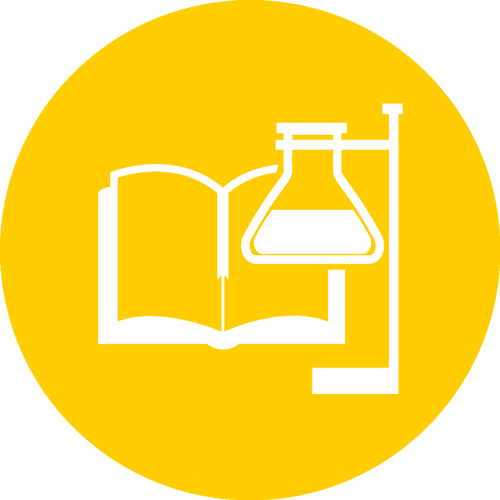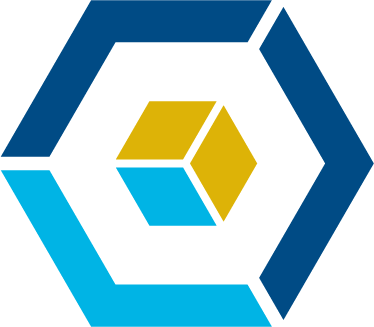Facilitating Labs
Planning Instruction & Learning Activities (read full series)
What is it?
Lab sections provide important spaces where students can gain a better understanding of key course and STEM concepts by applying them in practical activities. Actively creating connections between lectures and lab activities can help build meaning and relevance. Placing lab activities in context with course concepts, prior to the activity, creates connections between the more theoretical concepts from lecture, and the practical application of them in lab (Nilson, 2010)1 .
Research
Labs can play an important role in increasing the persistence of STEM majors by providing students with opportunities for practical, relevant learning in science and engineering, and pushing them to identify professionally as scientists and engineers. Graduates are in increasing demand across the world; however, as of 2013, less than half of the three million students entering US colleges as intended STEM majors persisted to graduation in a STEM degree (Graham et al., 2013).
Data
 of UCD students rated their ability to explain information presented in mathematical forms and to perform calculations used in their field as at least good, when they began.
of UCD students rated their ability to explain information presented in mathematical forms and to perform calculations used in their field as at least good, when they began. rated their quantitative (math and statistical) skills as good, very good, or excellent (UCUES, 2018).
rated their quantitative (math and statistical) skills as good, very good, or excellent (UCUES, 2018).
Teaching Strategies
-
Use inquiry-guided problem- or case-based learning principles. These types of assignments are often more “authentic,” in that they model the actual process scientists use in professional laboratories to solve problems.
-
Create a short quiz on the material from the week before, for students to complete at the beginning of their lab section. These short, low-stakes assessments can also be used to encourage attendance or to assess students’ understanding of safety instructions for the lab.
-
Most scientific and technical projects today are cooperative. By creating collaborative activities, your students will not only gain the opportunity to learn from each other but will also participate in a more genuine laboratory experience.
-
Expose students to equipment, materials, and procedures they may need to use again in the future.
Students say ...
- “I had a lab instructor who had us free write about what we remembered from last week’s lab, and then share responses in small groups.”
- “In most labs, we are required to write lab reports. However, in one class, we practiced more authentic science writing by writing results sections similar to empirical articles.”
Reflection
- How can you help students understand the relevance of lab activities beyond the immediate concerns of your class? Which skills that can be transferred into future lab classes or into the workplace?
- How can you establish opportunities for effective collaboration for lab activities and report writing? Permanent groups or have students vary partners throughout the term?
- 1List of all references in the complete JITT Guide.






